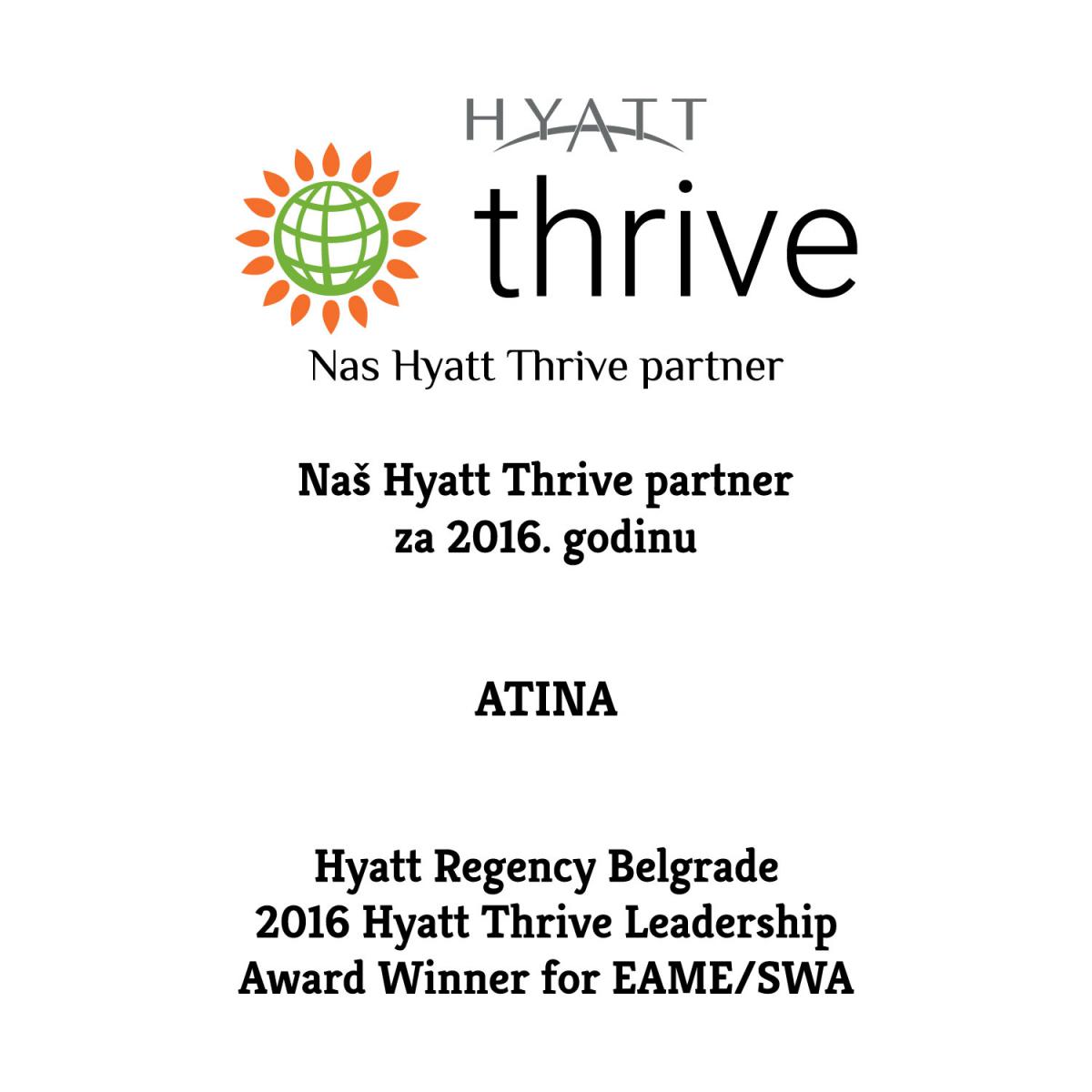Promising practices: Atina’s response to the crisis caused by the COVID-19 pandemic
Promising practices: Atina’s response to the crisis caused by the COVID-19 pandemic
Photo: Freepik.com, flower grows from asphalt
Promising practices: Atina’s response to the crisis caused by the COVID-19 pandemic
Photo: Freepik.com, flower grows from asphalt
Danas: How prevalent is labor exploitation in Europe during COVID-19 pandemic?
Photograph: EPA-EFE/ JUSTIN LANE
An increasing number of people are losing their jobs, and the existing practices of workers' abuse in certain industries place labor exploitation at the forefront.
Since the beginning of the pandemic, organization Atina has, with the support of the Council of Europe, been particularly focused on the prevention of labor exploitation in the context of human trafficking.
The hidden form of labor exploitation: domestic servitude during COVID-19
Illustration: https://umdgenderandglobalization.wordpress.com/
The pandemic had unforeseen impacts in many countries and different groups of people experience it differently. One of the most impacted groups were domestic workers, especially those who are being exploited in domestic servitude.
Exploited workers in Europe’s slaughterhouses
Photograph: https://www.canva.com/
Meat factories in Europe have been exposed as one of the most infections hotspots for COVID-19. Researchers, journalists, and activists are concerned that this is related to exploitative working conditions, which were made worse by the pandemic. Inadequate housing and low wages in the leading European meat producing countries, such as Germany, are the likeliest explanation for the outbreaks.
Labor exploitation of truck drivers during the COVID-19 pandemic
Photograph: www.ttnews.com
International federation of trade unions recently released a report about how contracted foreign drivers from low-wage countries were being exploited by the transport industry.
Photograph: pixabay.com
Violence against women is on the rise in Serbia, according to data from the Safe House Belgrade, while the Autonomous Women's Center says that almost every third perpetrator repeats the act whose direct or indirect victims in a number of cases are children.
In the period from January to June, 14 women were killed in domestic violence, which is five more than in the same period last year, Vesna Stanojević coordinator of the Safe House said to “Vesti”.
Photo: Dragan Todorović
Copyright © 2025,
Designed by Zymphonies



